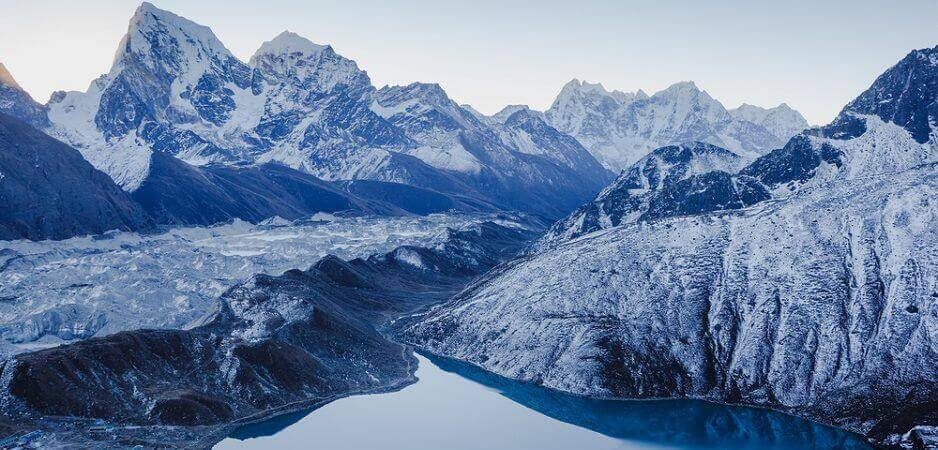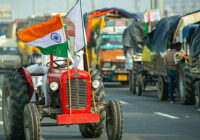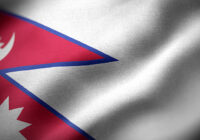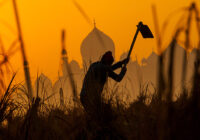Engineers have proposed a solution to melting Himalayan glaciers that are suffering the severe consequences of global warming.
Pollution and overuse have left the Himalayan waters depleted and in unsanitary condition. For those who are reliant on the glaciers, access to clean water is becoming increasingly difficult. It is vital for those living on the mountain range to have access to fresh water flow for drinking, cleaning and farming, but the effects of global warming have melted away many of the glaciers that once sustained them. The increase in temperature has caused the water to melt throughout the winter, leading to diminished water supply for spring farming.
This water crisis has encouraged engineers to brave the cold winter nights in Ladakh, India’s highest province, to build their own glaciers. Sonam Wangchuk ventured back to his homeland in search of a water solution. He and his team created the novel idea of the “ice stupa,” which acts similarly to how a natural glacier would. These artificial glaciers hold the water that is currently wasting away in the winter, and instead they melt in the spring when water is needed the most. The warm air unfreezes the glacier and allows the fresh water to flow, bringing crops and drinking water to the villages below.
The Himalayan foothills sit at an altitude of 10,000 feet and receive only about 50mm of rainfall each year. Without the water flow from glaciers, the people who live along this desert land would have a completely drained water supply. “The only reason people can live there is the glaciers,” Wangchuk says.
The Himalaya is among the many South Asian regions that are “water-stressed,” meaning these areas face water scarcity due to poor infrastructure or a lack of water supply. With an estimated 5,500 glaciers in the Hindu Kush-Himalayan region, the Himalaya could experience the fiercest effects of climate change, possibly reducing their volume by up to 99% in the year 2100, according to scientists.
Small villages like the ones underlying the Himalaya are suffering the most from the impact of global warming. While Wangchuk’s invention cannot stop contributions to climate change, ice stupas could be a step toward reducing its negative effects.
*[This article was updated on October 12, 2017.]
The views expressed in this article are the author’s own and do not necessarily reflect Fair Observer’s editorial policy.
Photo Credit: Olga Danylenko / Shutterstock.com
Support Fair Observer
We rely on your support for our independence, diversity and quality.
For more than 10 years, Fair Observer has been free, fair and independent. No billionaire owns us, no advertisers control us. We are a reader-supported nonprofit. Unlike many other publications, we keep our content free for readers regardless of where they live or whether they can afford to pay. We have no paywalls and no ads.
In the post-truth era of fake news, echo chambers and filter bubbles, we publish a plurality of perspectives from around the world. Anyone can publish with us, but everyone goes through a rigorous editorial process. So, you get fact-checked, well-reasoned content instead of noise.
We publish 2,500+ voices from 90+ countries. We also conduct education and training programs
on subjects ranging from digital media and journalism to writing and critical thinking. This
doesn’t come cheap. Servers, editors, trainers and web developers cost
money.
Please consider supporting us on a regular basis as a recurring donor or a
sustaining member.
Will you support FO’s journalism?
We rely on your support for our independence, diversity and quality.






